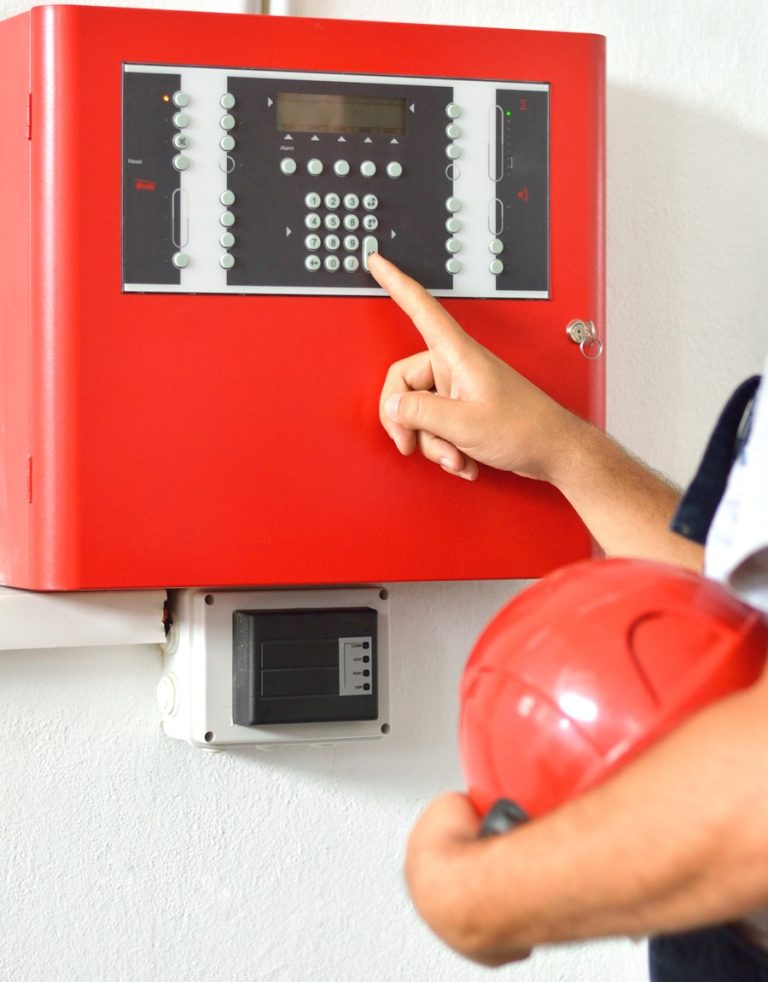The Role of Ergonomics in Designing Comfortable Mobility Products
As the global demand for mobility aids continues to rise, comfort and usability have become just as important as function. And let’s not sugarcoat it: if you’ve ever rolled around in a clunky wheelchair, you know “ergonomic” isn’t just some buzzword—it’s literally the difference between freedom and frustration. Doesn’t matter if you’re stuck in a wheelchair because you wiped out snowboarding or you use one every single day—bad design is a dealbreaker.
Travel-friendly wheelchairs, in particular, are stepping up their game hard. These days, people want to move, explore, travel—basically do life without their chair being their boss. And ergonomics? That’s the real MVP here. If the design stinks, your back will tell you, your mood will tank, and your independence? Forget about it.
Understanding Ergonomics in Mobility Design
Let’s break it down. Ergonomics is basically the science of not making your body hate you. It’s about creating stuff that works with your movements, not against them. We’re talking posture, pressure points, joints, all that jazz. In the world of mobility product design—and especially travel-friendly wheelchairs —good ergonomics means you can roll for hours without feeling like a pretzel. If a wheelchair’s built wrong, trust me, you’ll feel it. We’re talking back pain, joint fatigue, muscle strain, and if you’re really unlucky, pressure sores that just won’t quit. On the flip side, an ergonomic chair supports your natural posture, spreads your weight out so your butt doesn’t go numb, and lets you move or chill for long stretches without wanting to scream. That’s why ergonomic design is the secret sauce in modern mobility gear.
Key Ergonomic Features in Travel-Friendly Wheelchairs
With more people refusing to let wheels slow them down, manufacturers are finally catching on—travel-friendly wheelchairs have to score high on comfort, not just portability. One top priority? The seat cushion. Nobody wants to feel like they’re sitting on a plank. The best cushions actually relieve pressure, contour to your body, and keep your skin from getting all angry and broken down. Not just a “nice touch”—it’s a must-have.
Adjustability is another biggie. You gotta be able to tweak the seat height, tilt the backrest, move the footrests—basically make the chair fit you, not the other way around. It sounds obvious, but you’d be shocked how many chairs still don’t get this right. These adjustments matter for everyone, whether you’re tall, short, dealing with a temporary injury, or you have long-term needs. In travel-friendly wheelchairs, it’s even more crucial because you need to be able to make changes on the fly—like, in an airport, not just your living room.
Armrests and push handles? Don’t sleep on those. For people who push themselves, ergonomic hand rims make a world of difference—less wrist pain, smoother movement, and you don’t feel like you’re doing some weird CrossFit challenge every time you roll a few feet. And if someone else is pushing you? Handles that don’t make your helper want to send you flying into the nearest bush are pretty much essential.
Portability Meets Comfort
Here’s the classic struggle: you want a wheelchair that’s light, foldable, and doesn’t take up your entire trunk—but you also want it to feel decent for more than ten minutes. Enter: travel-friendly wheelchairs. The best ones use materials like aluminum or carbon fiber—yeah, the stuff they put in fancy bikes. That’s not just because it’s light, but also because it soaks up bumps and keeps your ride smooth.
But here’s the trick: making something small and portable that still actually supports you. Designers are getting clever, like with backrests that fold but still cradle your spine, frames that collapse without turning the seat into a hammock, and cushions that don’t go flat after a few uses. And don’t even get me started on handles, latches, and folding bits—if you’ve ever tried to disassemble a chair in a crowded airport, you know why ergonomic design here is a lifesaver. Travel-friendly wheelchairs shine when these little details come together, letting you pack up or set up fast and stress-free.
The Impact on User Independence and Wellbeing
Now, let’s talk about the stuff that goes beyond physical comfort. A travel-friendly wheelchair that feels good to use makes you want to get out there, try new things, and actually live your life. Seriously, a comfortable, well-designed chair is the difference between staying in or heading out to a concert, a museum, or just meeting friends for coffee. That’s huge for your mental health and confidence. If your ride’s a pain, you’ll start opting out of stuff, which just sucks the fun right out of life.
But when a chair actually supports you—literally and figuratively—it’s empowering. Movement stops feeling like a chore and starts to feel like freedom. For frequent travelers, whether it’s for work, family, or just because you’ve got wanderlust, a travel-friendly wheelchair that nails the ergonomics means one less thing to worry about and one more reason to say yes to adventure.
Designing for All Types of Users
Ergonomic design? It’s not a one-size-fits-all deal. People are different—different ages, different shapes, different abilities, all with their own quirks. The best travel-friendly wheelchairs let you personalize stuff. Adjustable features mean you can tweak the chair to fit your unique body and needs, whether you’re bouncing back from surgery or dealing with a chronic condition that’s here to stay. This kind of flexibility isn’t just “nice to have”—it’s essential for making sure everyone, no matter their journey or destination, can move around in comfort and style.
So, yeah, travel-friendly wheelchairs have come a long way. Ergonomic design isn’t just a trend—it’s the difference between getting out there and living your life, or getting stuck on the sidelines. And honestly, we all deserve the chance to roll where we want, how we want, and feel good doing it.
read more : https://miegacoanmenu.com/






